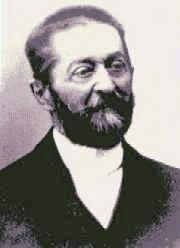|
 Alphonse Beau de Rochas - Digne les Bains, Paca, France
N 44° 05.359 E 006° 13.794
32T E 278240 N 4885523
Alphonse Eugène Beau, dit Beau de Rochas, né le 9 avril 1815 à Digne-les-Bains et mort le 27 mars 1893 à Vincennes, est un ingénieur thermodynamicien français, lauréat de l'institut (Académie des Sciences).
Waymark Code: WMWF8Q
Location: Provence-Alpes-Côte d'Azur, France
Date Posted: 08/27/2017
Views: 2

Title of Piece: Alphonse Beau de Rochas 1815 1893

Artist: Unknow

Material/Media: steel

Location (specific park, transit center, library, etc.): At the end of the bridge Beau de Rochas, the work faces the college Gassendi

Web link(s) for additional information: Not listed

|
Visit Instructions:Enjoy taking your photos from varying angles to really show off the beauty of the piece. Please include your impressions of the piece.
Recent Visits/Logs:
| There are no logs for this waymark yet. |
|
|
|
|